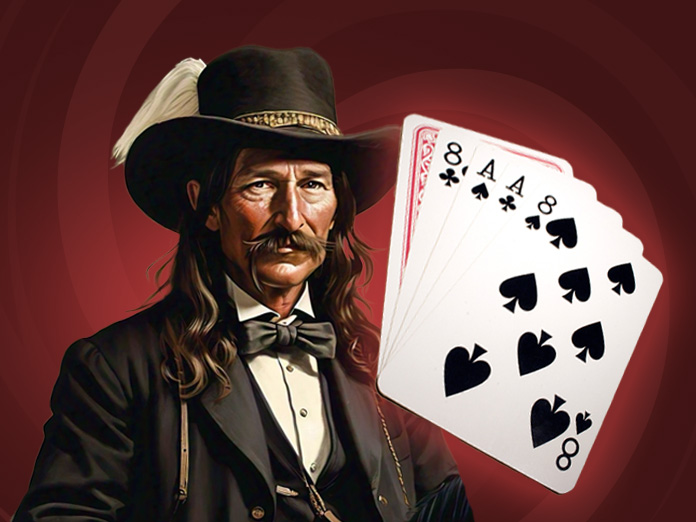Decision trees help you keep your thoughts organized when playing poker, which helps you make rational, consistent decisions even when you’re under a lot of pressure. You can play each hand with more clarity and confidence if you think about what you could do and what will happen. This guide shows you how to use decision trees to become better at poker and how to do it well to improve your game.
What Are Decision Trees?
A decision tree shows choices and their probable outcomes, including random occurrences and results, in a way that looks like a flowchart. In poker, it organizes the many complicated factors in a hand, like position, stack sizes, the way your opponents play, and the texture of the board. This strategy makes it less likely that you’ll rely just on your gut feeling, so you can make smart decisions.
Why Use Decision Trees in Poker?
You have to make quick decisions in poker even when you don’t have all the facts. Decision trees are helpful for:
- Organizing Choices: They plan out what to do in different situations, such as folding, calling, or raising.
- Reducing Errors: A disciplined strategy helps you avoid making judgments based on feelings or impulses.
- Improving Consistency: They make sure you follow a reasonable path in comparable instances.
Making a Poker Decision Tree
To make a poker decision tree, break each hand down into important choices. This is how to get started:
- Figure Out What’s Going On
- Are you in the early, mid, or late position?
- How do your chips stack up against your opponents’?
- Are your opponents playing tight, aggressively, or passively?
- Is the board wet (plenty of draws) or dry (few draws)?
- Plan Your Actions
- Fold when the hand or scenario isn’t good.
- Call when you wish to see the following card or take charge of the pot.
- Raise to add to the pot or put pressure on your opponents.
- Check to get information or control the amount of the pot.
- Think About How Your Opponents Will Respond
- Look At The Results
First, look at your situation. For example, if you’re in a late position at the poker table with a medium stack, your decision tree can put aggressive moves with powerful cards at the top of the list. Here’s how to assess your situation:
For each situation, make a list of potential actions. Based on how you see the game going, give each action a probability and a result:
Think about how your opponents could respond. For example, if you raise, would a tight player fold or a loose player call? Take into account how they are likely to respond to make your tree better.
For each action, figure out what the expected value (EV) is. For instance, if your opponents are prone to fold inferior cards, raising with a good hand can provide you with a high EV. Use this to help you make your final choice.
In Conclusion
Decision trees are a great way to organize your poker thoughts. You can make better and more beneficial decisions by breaking down your hands into organized choices. Start by making small trees, practice them often on PokerCircle, and then make them better depending on what you learn in actual games. Over time, this method will help you become better at poker and offer you an advantage over your opponents.

